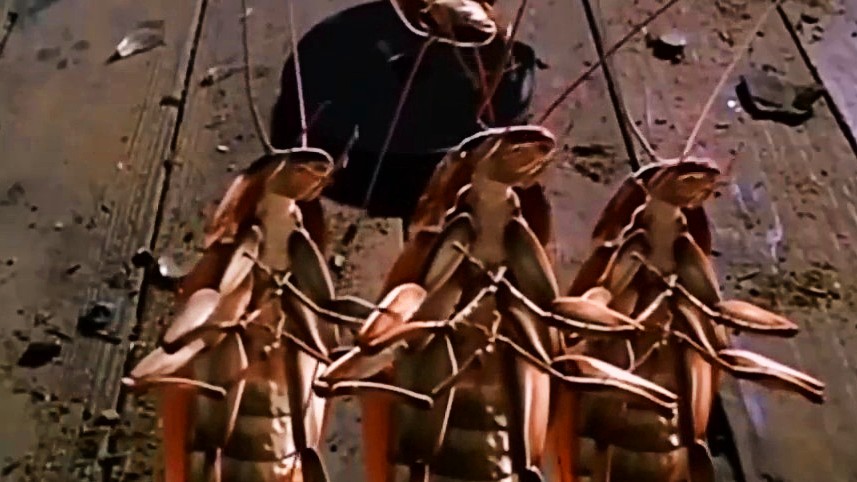Cockroaches Are Becoming Remote-Controlled
Scientists are devising ways to use remote-controlled cockroaches for search and rescue missions.
In an interview with Reuters, Riken research institute’s Thin-Film Laboratory’s Kenjiro Fukuda revealed that use cases he and his team are coming up with for their remote-controlled Madagascar cockroaches are making progress. The cockroaches are said to be used for search and rescue missions. The insects can fit into places humans can’t get to.
“The batteries inside small robots run out quickly, so the time for exploration becomes shorter. A key benefit [of a cyborg insect] is that when it comes to an insect’s movements, the insect is causing itself to move, so the electricity required is nowhere near as much.”
The cockroaches are outfitted with solar cell-powered packs. The roaches are chosen for their size and lack of wings, which makes them helpful in retrieving things in small areas. Their nerve-like appendages are stimulated by the packs and could help signal the tiny creatures that they’re either going in the right or wrong direction.
According to the report from The Byte, the tech for this still has a way to go. During one demonstration, one of the cockroaches turned left when the researcher signaled it to do so. However, it soon began turning in circles when it was signaled to turn right.
Scientists have been trying to design cell-powered packs for cockroaches so that they could help inspect hazardous areas and monitor the environment, according to Science Daily. For this to work, scientists must be able to successfully signal the insects and tell them exactly what direction to move. There is also the issue of handlers having to control the insects for long periods.

Another big issue that plagues these experiments is that the batteries for the cell-powered packs are not adequately charged. As pointed out by Science Daily, swarms of cockroaches would result from the packs going out at the wrong time. A solution would be to create docking stations for recharging the batteries when needed.
But while docking stations seem ideal, the drawback is the amount of time it would take to go back to the stations and recharge repeatedly. One solution would include an onboard solar cell that would continuously keep the packs charged. With the packs fully charged at all times, handlers can focus on ensuring the cockroaches are heading in the right direction.
Of course, integrating onboard solar cells would take a great effort. According to Science Daily, the engineering team would have to create ultrathin organic cell modules. They would also need to ensure that the machinery attached to the cockroaches could keep still for long periods while also allowing the insects to move naturally.
Fukuda and his team have already experimented with wireless leg-controlled modules and lithium power batteries attached to the top of the cockroaches. This is modeled after the body of a cockroach and 3D printed with elastic polymer. As a result, the backpack fits perfectly around the insect’s curved surface and allows for natural movement.
Without the ultrathin and flexible organic solar cell, it would be challenging to ensure that packs are fully functional and powered whenever the cockroaches move. When it came to adapting to the insect’s abdomen changing shape, scientists created adhesive and non-adhesive sections into the film, allowing them to bend while remaining attached. Thicker solar cell films didn’t allow for faster and more fluid movement.
We’ll have to see whether scientists could ensure the cockroaches aren’t running in circles. As of now, at least they could ensure that the packs can remain fully powered. Otherwise, there would be many creepy crawlers roaming about with no direction.
Of course, the real question is whether people would even want remote-controlled cockroaches anyway. Most would still rather keep them out of their houses.












